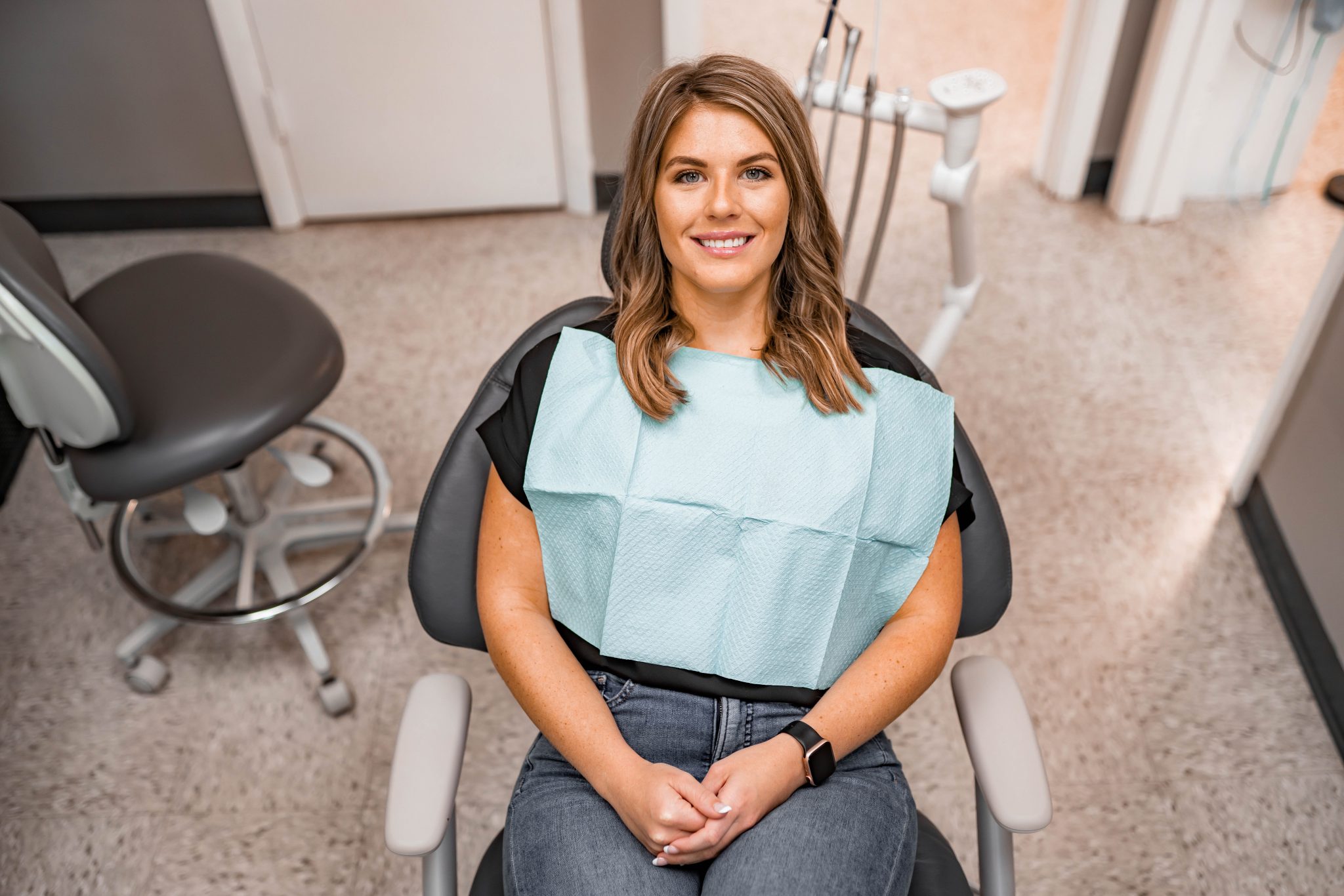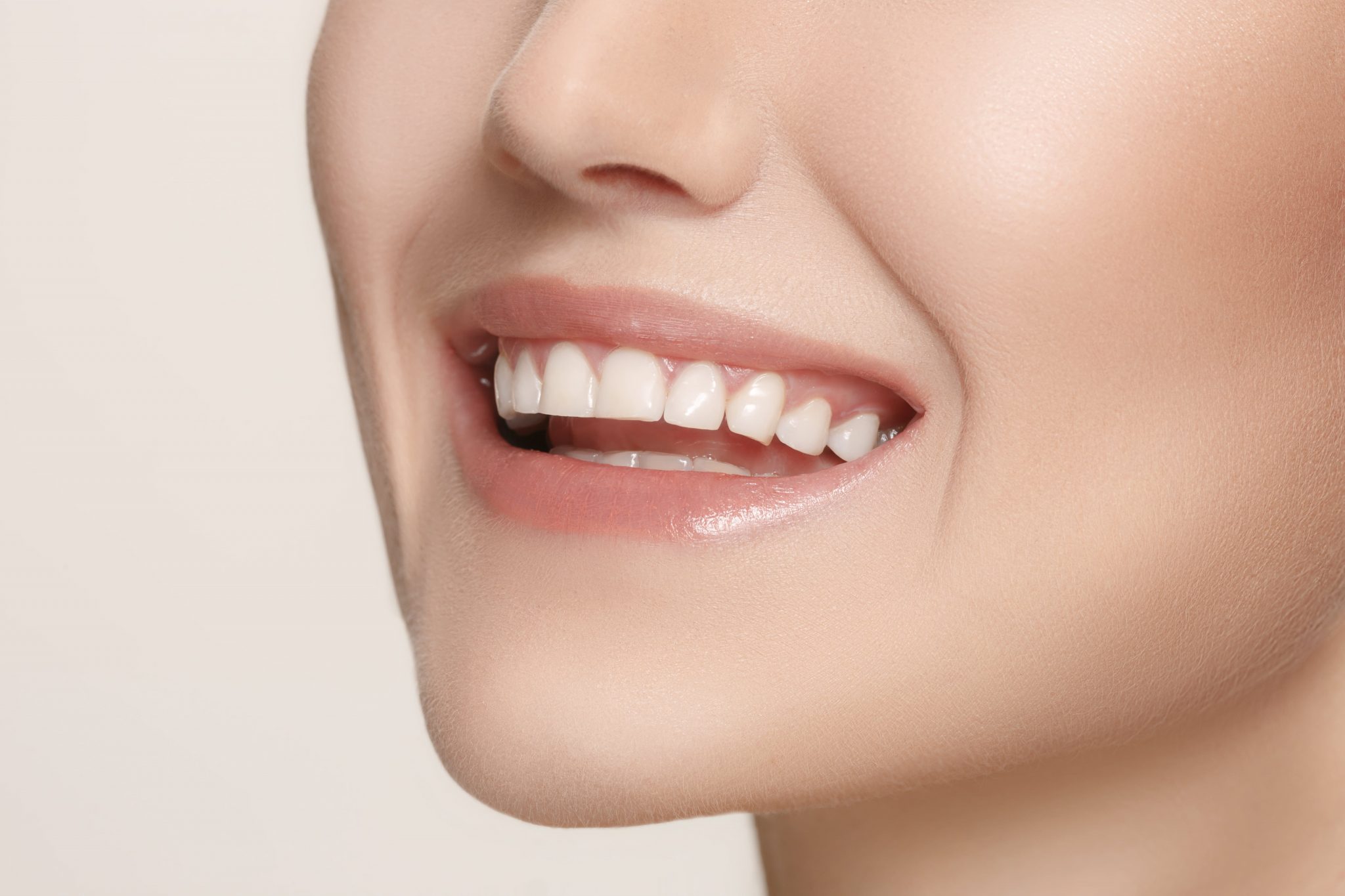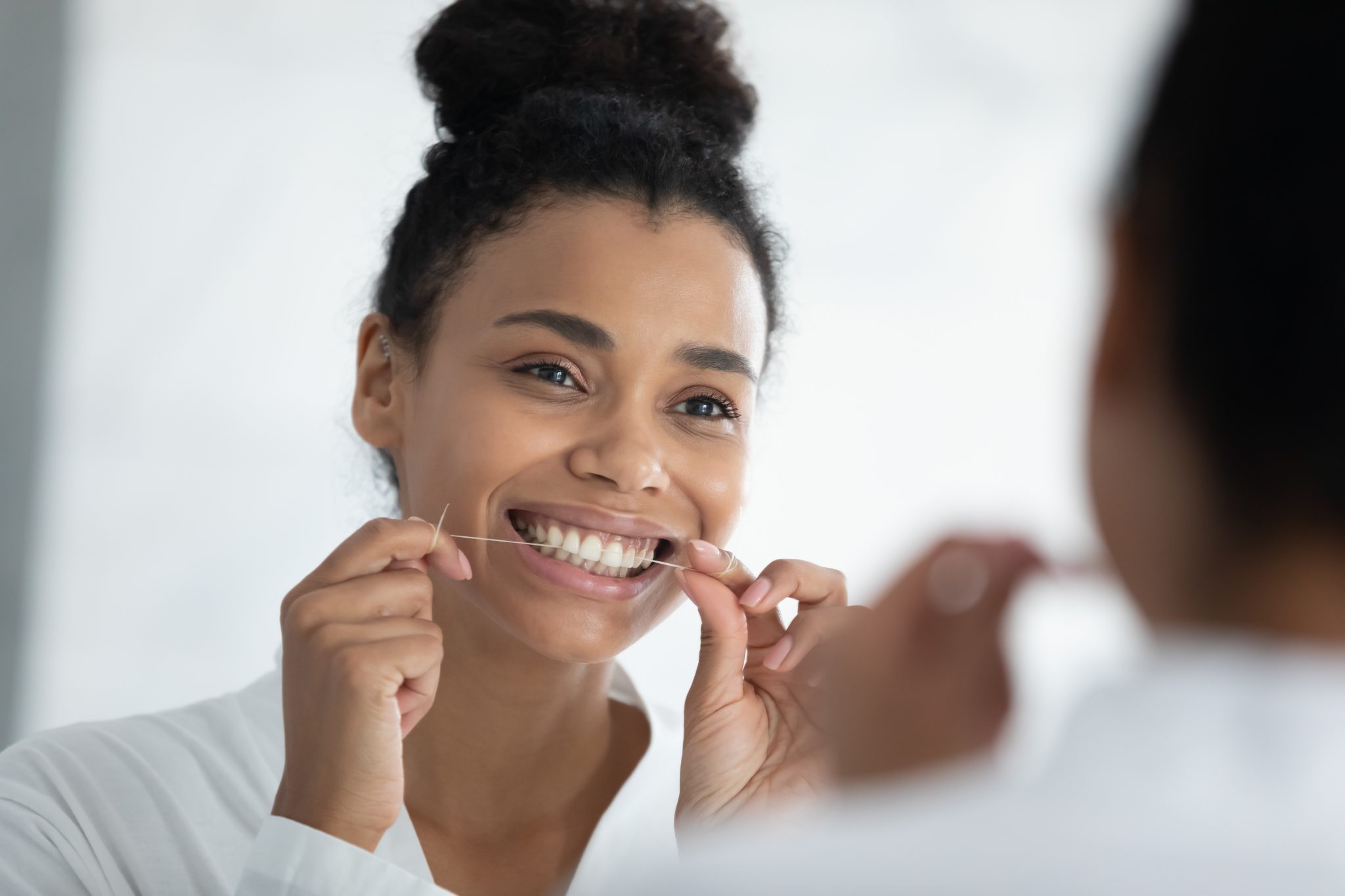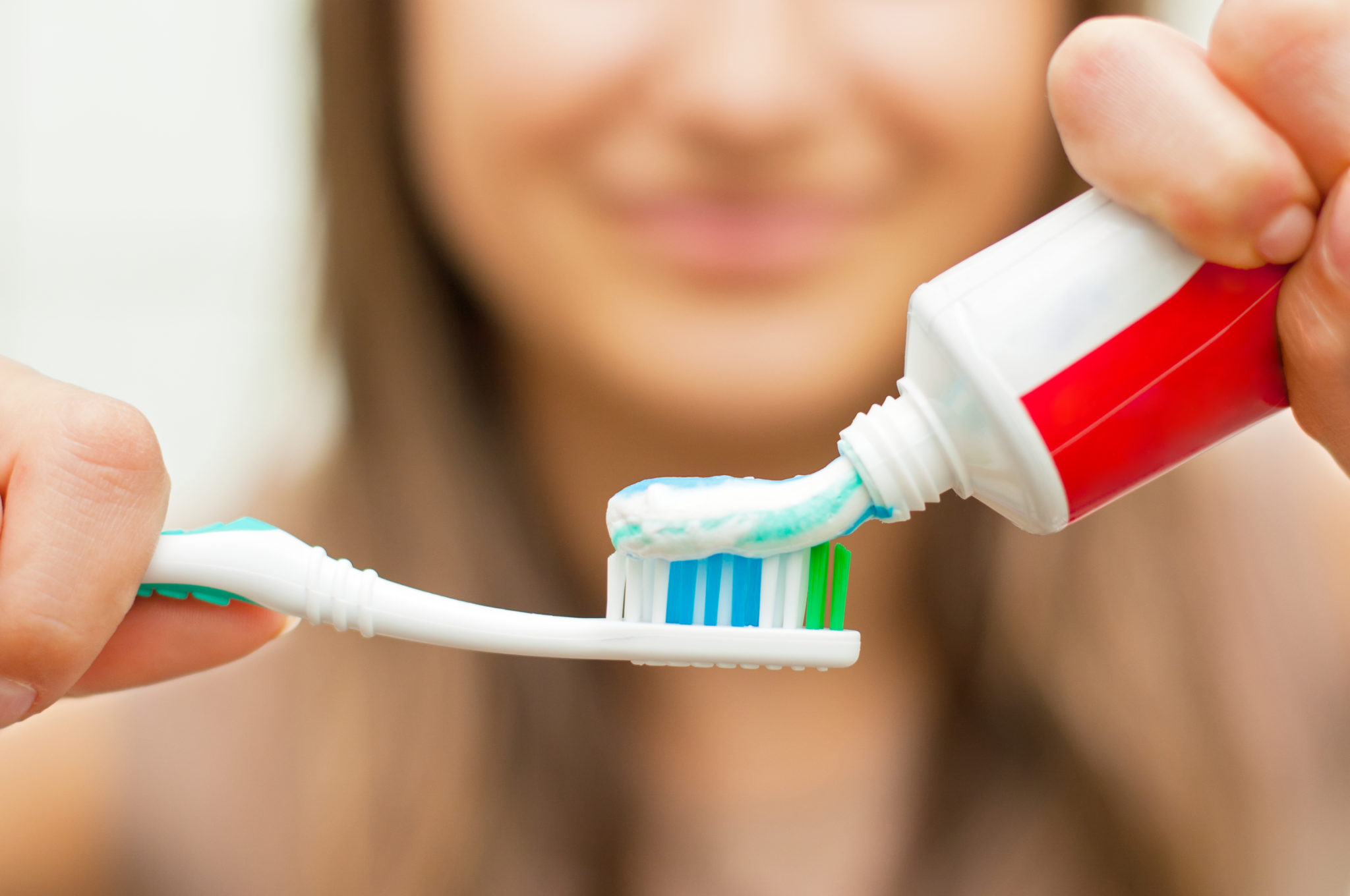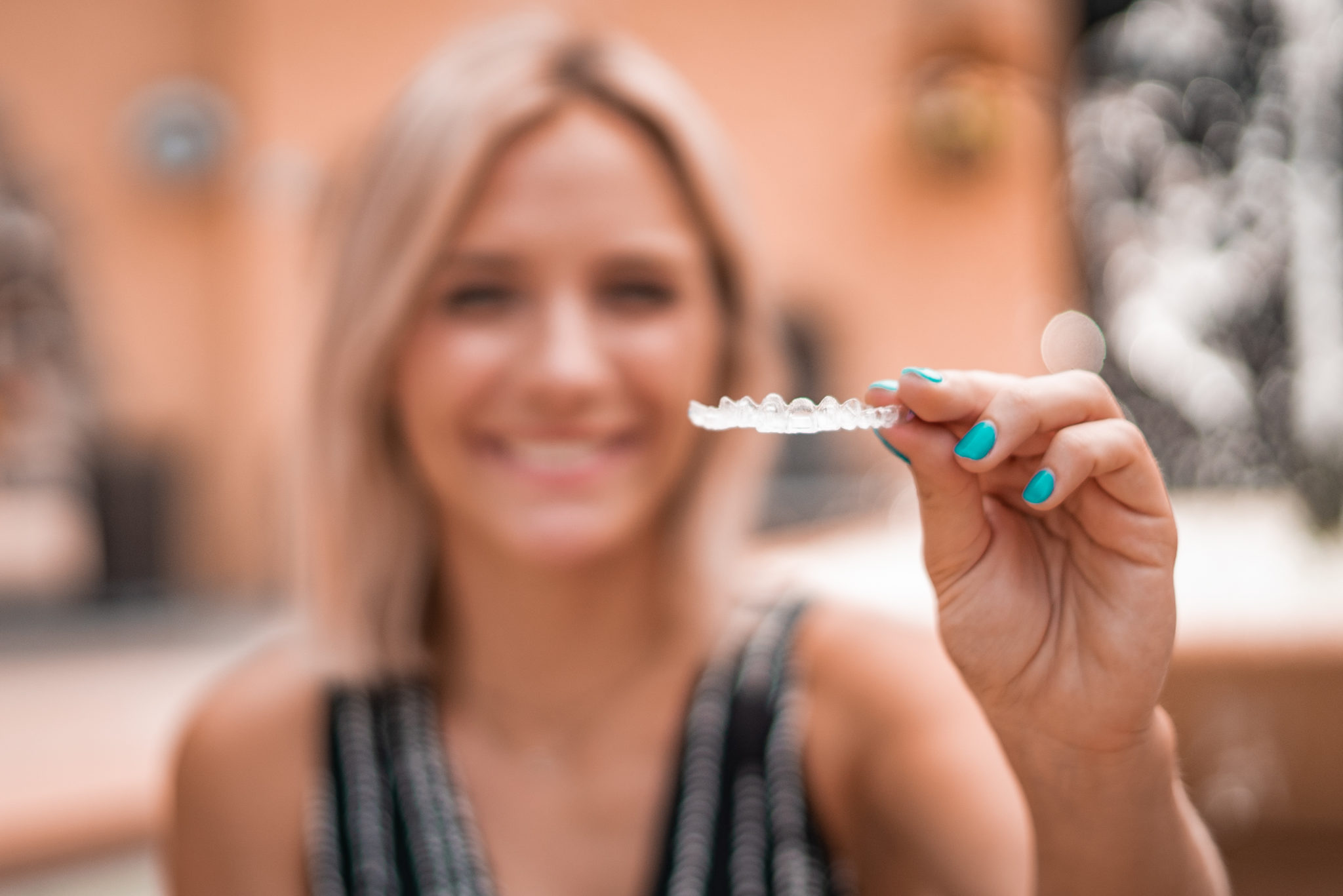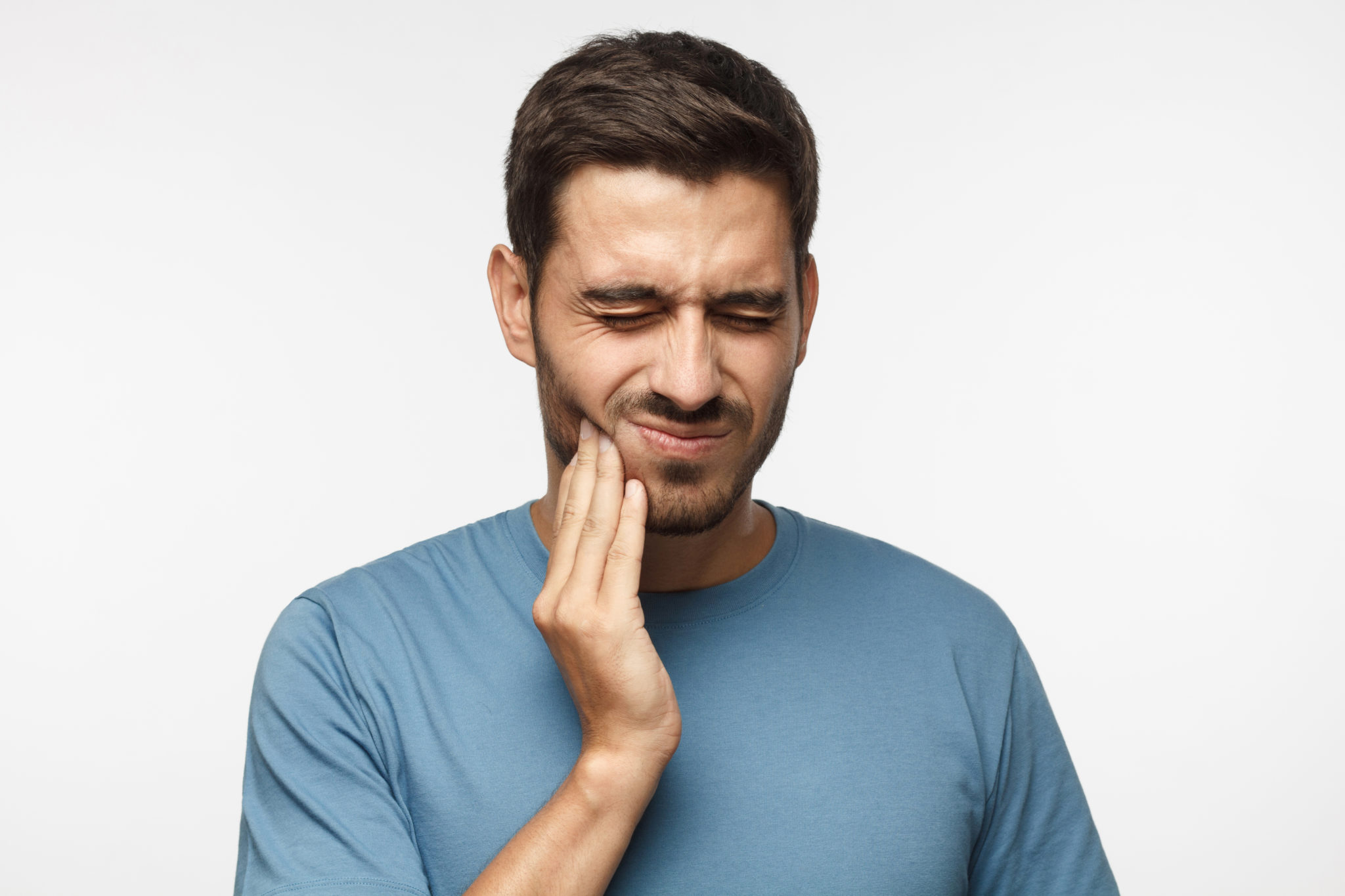Whether or not you’re among the 26% of American adults with unrelated tooth decay, it’s important that you make visiting the dentist a priority. After all, dentistry isn’t just for those who have problems- it’s for anyone who wants to keep their teeth healthy and prevent issues from arising later.
You need to know how to choose dental insurance to get the most affordable plan possible. Here, we’re going to talk about how to make caring for your teeth easy and inexpensive to prevent holes in both your teeth and your pockets.
1. Look at Your Work Insurance Plan
68% of the US population is offered health insurance through their employer. If this describes you, it’s important that you comb through your plan’s fine print and see whether or not any level of dental care coverage is present. If so, you may not even need to invest in a 3rd party dental insurance plan.
Even so, you might want to get some supplemental insurance, but It’s best to know where you stand insurance-wise anyway. You can then only look into plans that are the most relevant for you and your family.
2. Consider the Types of Dental Plans
There are three basic types of dental plans.
Indemnity plans do not have provider networks and therefore offer the maximum amount of flexibility possible. This is beneficial to those who want the ability to visit any dentist rather than just those pre-approved by a plan. However, these plans are generally much more expensive than alternatives.
Most people opt for managed-care plans. These let them choose from a network of dental providers that have agreed to discount services to cardholders. They can be PPO or HMO plans depending on your needs.
Finally, discount dental plans are not actual insurance. Instead, they give you a discount when you see dentists that are included within your plan. They aren’t insurance because they don’t pay for any of your treatment- you still need to pay 100% of the fees, just at the discount rate.
3. Do Meticulous Research
Once you decide which type of plan is right for you, it’s time to begin researching the many plans that are out there. You can start this research simply by Googling, say, ‘best managed-care dental plans in 2021’. This will give you a shortlist of some plans that you can look over.
After narrowing your options down to 3-5 plans, look through them very carefully. Consider which provides the most comprehensive coverage and which one will best meet the needs of each of your family members.
4. Think About Your Family’s Needs
But how can you determine which plan is right for your family? It’s actually much easier than it sounds.
First, consider whether any family members have pre-existing dental conditions. If your spouse has gingivitis, for example, you need a plan that will cover treatment for gum disease. If you have a child with early TMJ, you will want coverage for TMJ-related visits.
Next, consider the ages of people in your family and the conditions that they’re most likely to develop based on age.
Children will almost always require fluoride treatments, sealants, and braces. Young adults and those in their middle age may need root canals, fillings, crowns, bridges, and wisdom teeth removals. Seniors may need dentures and full-mouth reconstruction treatments. Plan accordingly.
5. Learn Which Treatments Are Covered in Different Plans
Remember your list of 3-5 plans that you combed through earlier? Do an in-depth review of their website. Make sure that you read every aspect and condition of coverage to make sure that you don’t miss something vital before purchasing a plan.
When in doubt, call those insurance providers on the phone or shoot them an email. Ask them whether they cover certain things that you know you and your family can’t do without.
If you don’t need a lot of coverage and have no preexisting oral health issues in the family, you may even get away with ACA dental insurance. Keep this in mind as you search so that you can get the best care at the most affordable price.
6. Talk to Dental Professionals Near You
The next step is to look into the dental providers closest to you and see what insurance plans they accept. It’s unreasonable to get a plan that requires you to drive for hours to find the nearest provider. Check out your local dentist’s insurance options and compare them.
If you have any questions, reach out to the dentists that you trust. Ask any questions that are relevant to your choice in a plan. Gathering the best information can help you to narrow your 3-5 options down to 1 or 2.
7. Consider Every Relevant Cost
Many people comparing family insurance plans only look at the premium monthly cost. However, this might come back to bite you in the long run (no pun intended). You need to look at deductibles- the amount of money that you’ll need to pay out-of-pocket before your insurance coverage starts.
You also should look at the maximum yearly limit for coverage. Many plans have a cap on the number of dental treatments they’ll cover per year. You don’t want to wind up in a bind where you reach your limit and need to pay a lot of money for ongoing treatments.
Beyond How to Choose Dental Insurance
Now that you know how to choose dental insurance, it’s time to make sure your teeth are as healthy as possible. Request an appointment with our oral health professionals for a routine cleaning or for restorative or cosmetic dentistry.
You can also ask whether or not we accept the insurance plan that you’re considering and get more insurance plan options if we do not. We’re excited to help keep your smile shining, so don’t hesitate to reach out!

